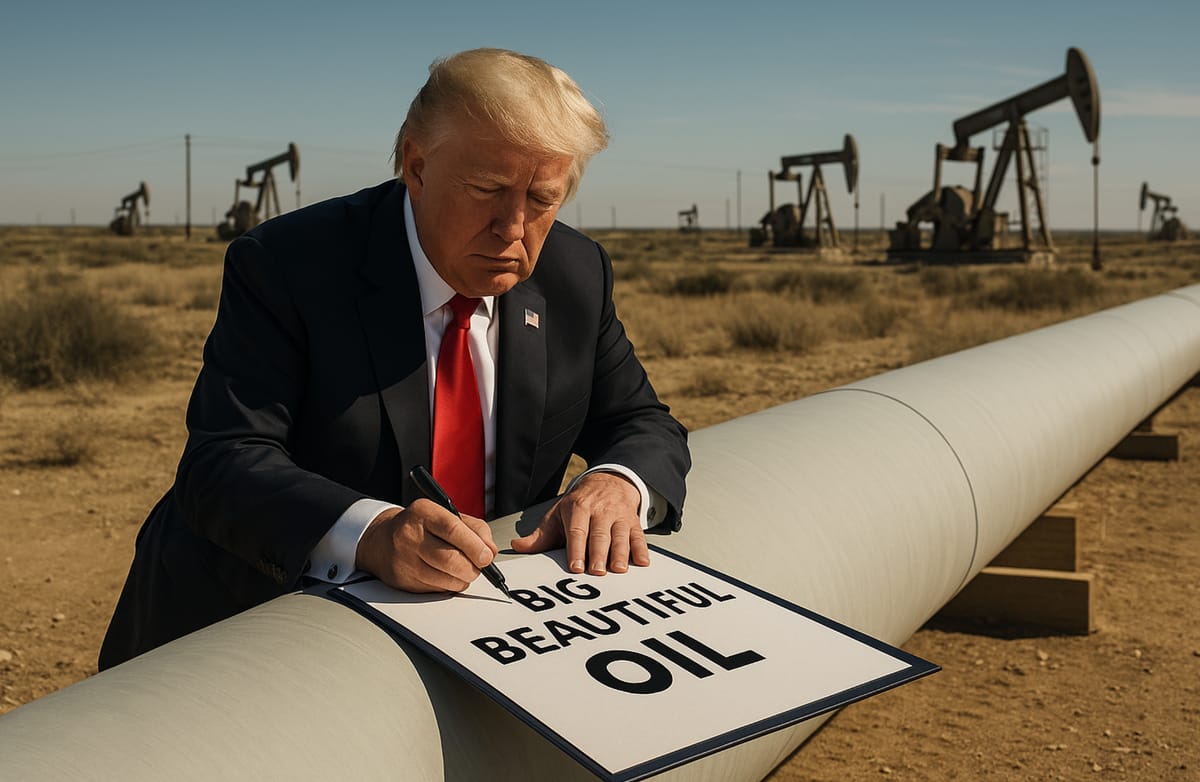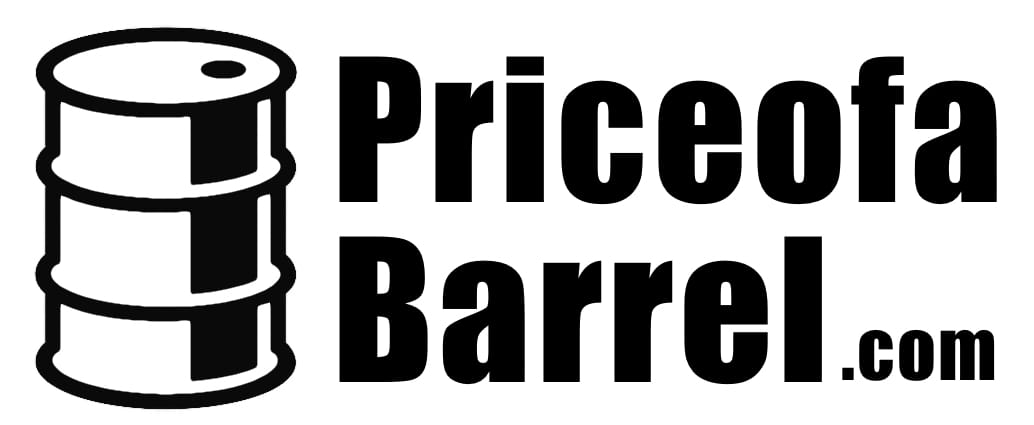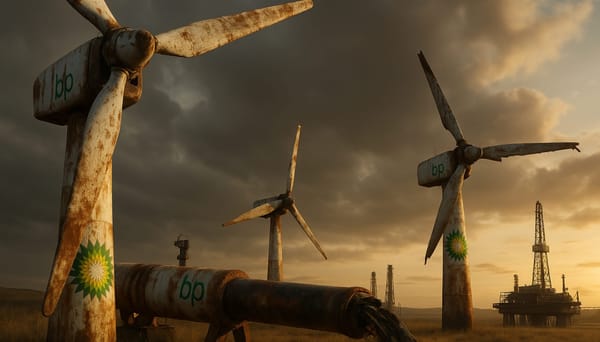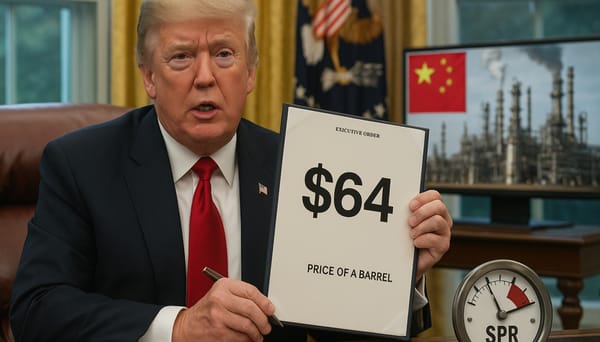Trump’s “Big Beautiful Bill" Heads to His Desk — But Will It Deliver for the Permian Basin?

WASHINGTON, D.C. — In a major political victory for U.S. oil producers, Congress has passed the sweeping“One Big Beautiful Bill”, sending it to President Donald Trump’s desk for signature. The bill, one of the most aggressive pro-oil legislative packages in over a decade, promises to revive American energy dominance by fast-tracking permits, expanding drilling access, and reasserting global export ambitions.
In the words of President Donald Trump: "Drill, baby, drill."
However, will it actually deliver?
The legislation is expected to turbocharge activity in the Permian Basin, where producers have faced tightening federal land restrictions, permitting delays, and pressure from environmental litigation. With Trump poised to sign the bill into law during a July 4th press conference in Houston, expectations across the U.S. shale patch are high.
“This legislation takes decisive steps towards improving our nation’s energy landscape by repealing the Biden-era methane tax, unlocking oil and gas development on federal lands, and alleviating regulatory pain points that have stymied the build out of American energy” said Anne Bradbury, Chief Executive Officer, American Exploration & Production Council (AXPC)
Key Wins for the US Oil & Shale Industry
The “Big Beautiful Oil” bill delivers on many long-standing industry demands:
- Federal Lands Reopened: Mandates quarterly onshore oil and gas lease sales on public lands in key western states, and requires 30 offshore lease sales in the Gulf of Mexico. There are no new royalty hikes, directly reversing Biden-era leasing pauses.
- NEPA Permitting Reforms: Imposes hard deadlines—generally 180 days for environmental assessments and one year for environmental impact statements—on environmental reviews for major infrastructure and drilling projects. Developers can pay a fee to expedite reviews, with fast-tracked projects often shielded from judicial review.
- Pipeline and Export Facilitation: Boosts onshore and offshore drilling, accelerates environmental reviews for energy projects, and weakens fuel economy regulations. While the bill expedites pipeline approvals, it does not explicitly declare all oil, gas, and LNG exports to be in the national interest or override all environmental objections.
- FERC Constraints: The bill streamlines approvals for energy infrastructure but does not explicitly remove all requirements for FERC to consider climate impacts when reviewing gas projects.
- Strategic Petroleum Reserve Protections: The Senate version makes less funding available for refilling the SPR than the House version and cancels some previously mandated sales. However, it does not explicitly tie presidential drawdowns to new production increases
"Trump’s “big, beautiful bill” represents a pivotal moment for US energy policy. Rather than serving as a final word on American energy dominance, the legislation initiates a new dialogue in Washington, DC, about how the nation’s energy system should be recalibrated to prioritize energy security—emphasizing reliability, domestic capacity, and system integration" says the Atlantic Council
But Will It Live Up to the Hype?
While the industry is celebrating, not everyone is convinced the bill will deliver the boom it’s promising. Critics and even some analysts are urging caution:
Implementation Risk:
- Much of the bill’s impact hinges on federal agencies rewriting permitting processes and holding lease sales in a timely fashion—steps that could face bureaucratic pushback or stall-outs.
Legal Challenges Expected:
- Environmental groups have already signaled they will sue to block key provisions, particularly around the NEPA and Clean Water Act rollbacks. Courts could slow or invalidate parts of the law.
Infrastructure Overhang:
- Many Permian producers are flush with permits but held back by takeaway constraints, workforce shortages, or low oil price incentives—not just red tape. Without simultaneous investment in midstream and exports, supply may outpace capacity.
Market Dynamics:
- Global oil prices remain under pressure due to OPEC+ discipline and tepid demand. If U.S. output spikes without matching global uptake, WTI prices could fall, hurting smaller independents.
Implications for the Permian Basin
- Lease Rush Incoming: Expect a wave of lease activity in New Mexico and West Texas if federal auctions resume quickly.
- Rigs on Standby: With permitting speed set to double, operators may redeploy idle rigs—though likely with a focus on Tier 1 acreage and low breakeven zones.
- Private Equity Return?: The streamlined regulatory framework could draw back capital into upstream startups and pipeline developers that exited during the ESG-driven slowdown.
📌 Bottom Line
With Trump set to sign the Big Beautiful Oil bill into law, U.S. oil and shale producers—especially in the Permian Basin—are bracing for a potential second wave of growth. But turning legislative momentum into barrels will require more than deregulation: it will depend on price stability, infrastructure readiness, and how well the industry balances growth with investor discipline.
The political tailwind is real—but whether it powers a true shale renaissance or just a short-term rally remains to be seen.





